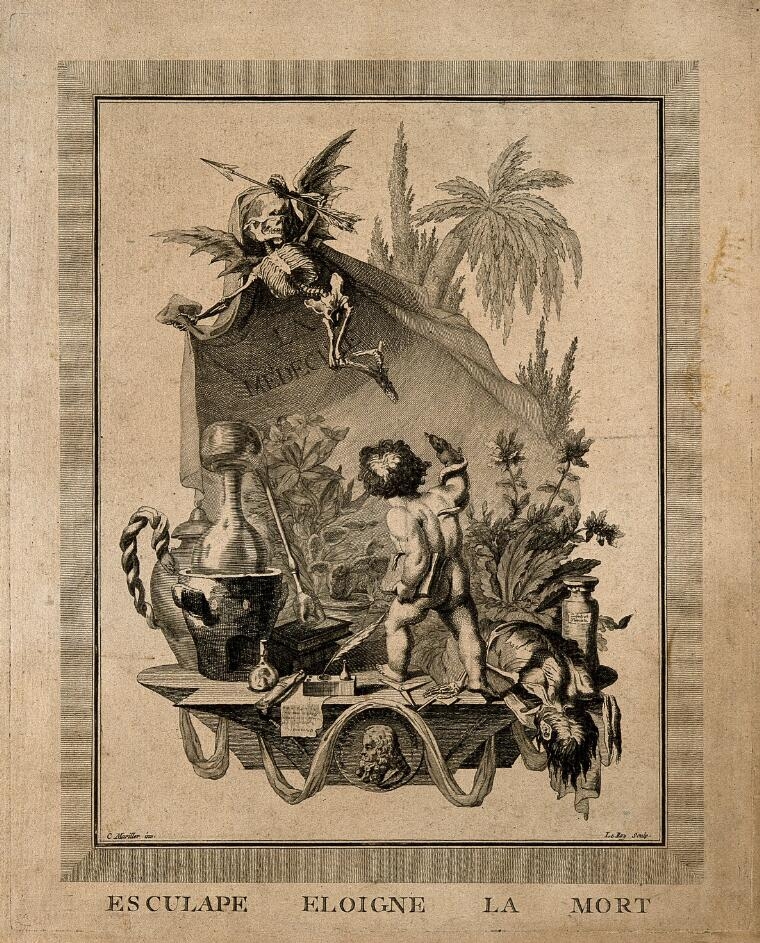Roman bones and Nigerian beans: a snapshot from history
I recently attended the History of Anaesthesia Society’s Annual Meeting. It was held at the Corinium Museum; a fabulous building which boasts many incredible finds from the Roman town of Corinium, which is now known as Cirencester. I found out about the meeting after submitting an essay to the Thomas Boulton Anaesthesia History Prize. Although I did not win, I was invited to give an oral presentation of my essay at the conference which I gladly accepted.
The conference was over two days with a rich and varied programme. We heard about John Bodkin Adams, an Eastbourne anaesthetist who had 163 patients die over a ten year period in suspicious circumstances, the significant majority of whom had left him money or items in their wills, though he was acquitted of murder1. Toxicology teaching came in the form of ordeal bean poisonings, the seeds of a legume originating in Old Calabar, an Eastern province of Nigeria, which subsequently gave rise to the discovery of physostigmine in Scotland2. There were presentations on equipment such as the development of vaporizers and the pulse oximeter, and a fellow trainee presentation on anaesthetic equipment from the Royal London Hospital.
My presentation was on ‘Advances in Difficult Airway Management’. As a new CT2 trainee, it was a little daunting presenting on this subject as the most junior person in the room, but everyone was very welcoming and we had an excellent discussion afterwards, in which many people offered their own experiences in difficult airway management and how this had changed over the years they had been practising. It was a fantastic opportunity for me, embarking on a career in anaesthesia, to discuss with very experienced anaesthetists who had completed their clinical careers, and learn from them in a way I would never have been able to normally.
The highlight for me, however, was the guest lecture given by staff at the museum on Health in Roman Corinium. It was a bespoke two-part lecture designed specifically for the conference attendees, which rounded off the presentations in the final slot of the programme. The first part was an audio-visual presentation outlining some of the museum’s collection which showed evidence of Roman healthcare, such as ear scoops for the removal of wax and engraved stamps which appeared to show early evidence of prescriptions. The Greco-Roman god of medicine Asclepius, or Aesculapius, is depicted fending off death.

The second part was a special look at some of the skeletons of Roman people who had been buried and later discovered during excavation in the area. We were able to examine and discuss examples of disease in the bones, such as polio, but also view evidence of bone healing. For instance, more than one skull had significant fractures likely resulting from interpersonal violence, but evidence of healing showed that when they returned from battle they were looked after, probably by friends or family members. Staff at the museum were extremely respectful of the remains and clearly were fascinated by the local history, sharing their extensive knowledge and passion for the subject. I enjoyed it thoroughly and it felt very special to be a part of.
One of the main challenges faced by the History of Anaesthesia Society is trainee engagement. History used to be included in the FRCA exam, but since it was taken out of the curriculum there has been dwindling interest from the trainee cohort which threatens the sustainability of the society. If you have any interest in the history of anaesthesia, I would encourage you to attend this year’s meeting at the Imperial Hotel, Llandudno on 11th and 12th October. To find out more visit http://www.histansoc.org.uk/. Manuscripts from last year’s conference will be available in due course.
